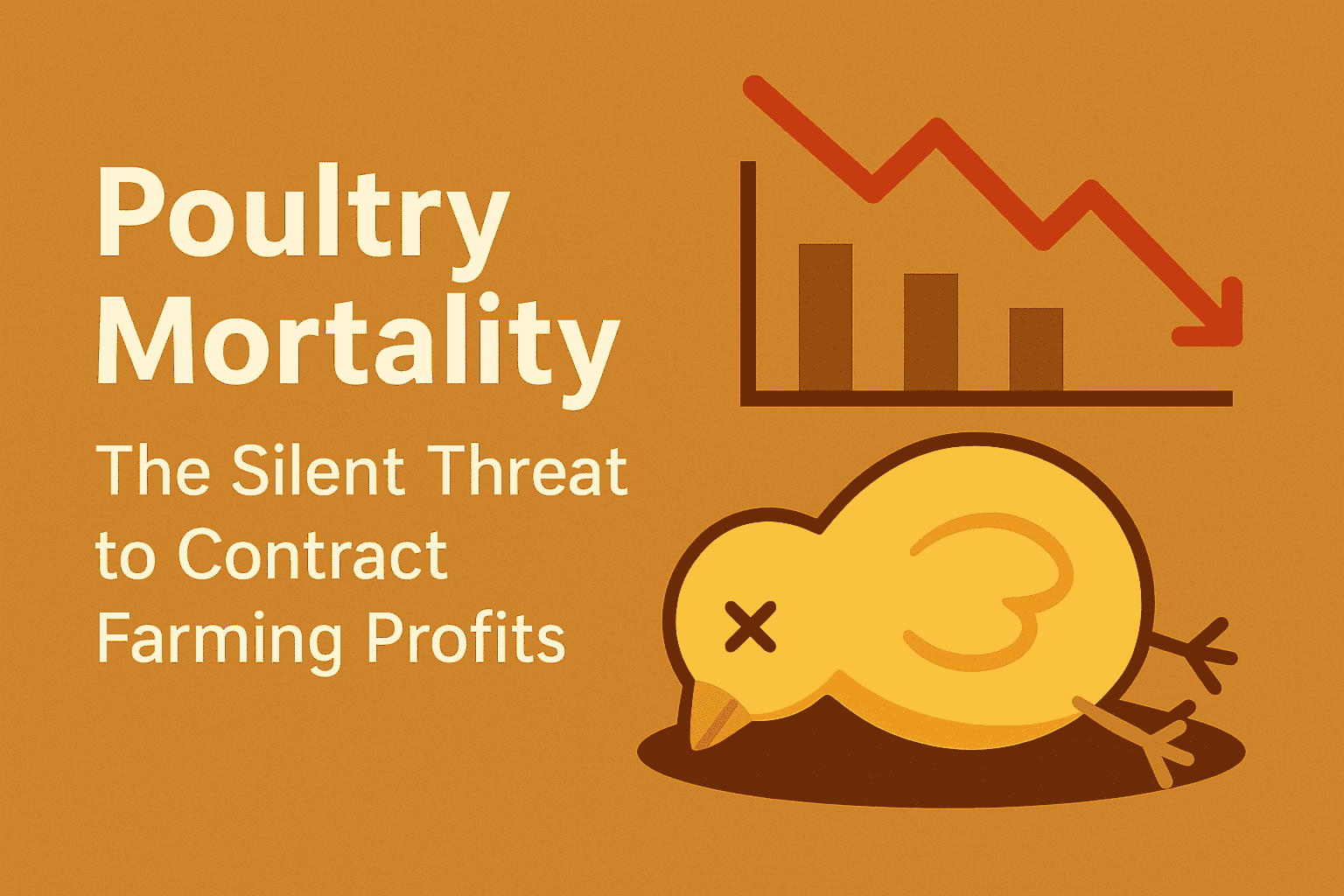Having worked closely with poultry farmers across layers, broilers, breeders, hatcheries, feed mills, and processing plants, I have seen firsthand how challenging inventory management can be. One critical area where many poultry businesses struggle is tracking meat stock in real time. Without accurate and timely stock information, it becomes difficult to plan production, fulfill orders, and reduce losses. In this blog, I will share insights on how real time meat stock tracking can help you make smarter inventory decisions, minimize waste, and improve your bottom line.
Why Real Time Meat Stock Tracking is Essential for Poultry Businesses
Poultry meat is highly perishable and demand can fluctuate rapidly. Delays or inaccuracies in stock tracking lead to overstocking, spoilage, or stockouts, all of which impact profitability. Real time tracking provides up-to-date information on stock levels, enabling quicker decision-making and better response to market demands. It supports efficient production scheduling, purchasing, and sales planning.
Common Inventory Challenges Without Real Time Tracking
Many poultry processors and feed mills rely on manual stock records or periodic checks, which can cause discrepancies. Stock may be miscounted, unrecorded losses can occur, and delays in updating data can cause order delays or cancellations. These issues create inefficiencies, increase costs, and hurt customer trust.
How to Implement Real Time Meat Stock Tracking Successfully
Start with identifying critical points where stock data is generated, such as processing lines, cold storage, and dispatch areas. Use simple digital tools or barcode scanning to record stock movements instantly. Train your team to update records promptly and standardize stock counting methods. Data should flow into a centralized system accessible by management and sales teams for coordinated planning.
For those ready to move further, integrating sensors or IoT devices can automate tracking, reducing human error and saving time.
Benefits of Smarter Inventory Planning Using Real Time Data
With real time data, you can optimize order fulfillment by matching supply with demand closely. It helps reduce wastage caused by expired or excess stock and improves cash flow by avoiding unnecessary purchases. You can negotiate better with suppliers when you have clear visibility of stock needs. Real time tracking also builds customer confidence by ensuring timely deliveries and consistent product availability.
Best Practices to Maintain Accurate Meat Stock Records
Regular audits complement real time tracking to catch errors early. Encourage open communication between production, inventory, and sales teams to share insights. Monitor stock turnover rates and identify slow moving items for targeted action. Use analytics to spot trends and plan for peak seasons or market shifts.
Conclusion
Real time meat stock tracking is a game changer for poultry businesses aiming to improve inventory accuracy and operational efficiency. By embracing this practice, poultry farmers and processors can reduce waste, cut costs, and grow profits. Start small with reliable data collection and build towards smarter inventory planning to secure a stronger future for your poultry business.




